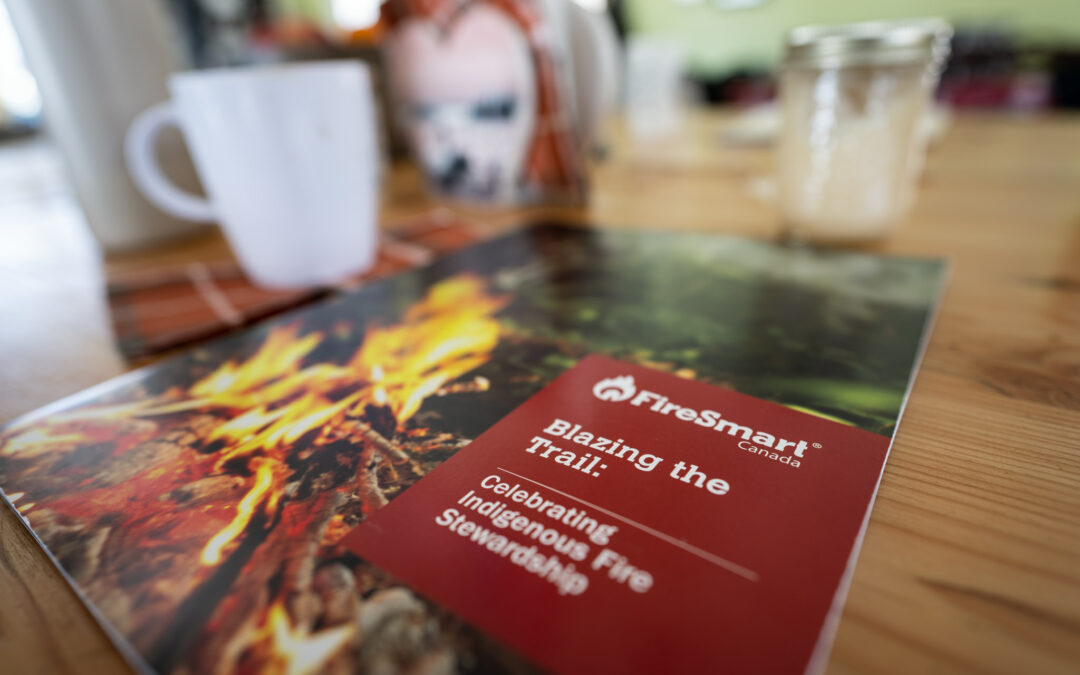A conference in Cumberland House is looking to educate people about the environmental benefits of controlled fire burns.
This week the We are Fire Wildland Fire Conference is being put on by the Prince Albert Grand Council (PAGC) along with the Muskrats to Moose Project, which is a group made up of people from a range of different backgrounds who are looking to educate the public about the positive uses for fire on the land.
Cliff Buettner, director of forestry and emergency protective services with PAGC explained human development has altered the natural landscape and led to some major changes. In the Saskatchewan River Delta, where the conference is taking place, the construction of the E.B Campbell Hydroelectric Station made it so spring flooding no longer occurred in many parts, which has an impact on the overall environment.
“Without the effect of the spring flooding, or cleaning of that dead material the habitat has deteriorated and the intent of using fire is to increase the productivity of that area for the animals that rely on that area,” he said.
Buettner said with the flood waters no longer present controlled burns can be used to help regenerate plants and other vegetation which can help provide more food for animals. Demonstrations of controlled burns are planned for the conference if the weather allows. People taking part in the conference also took part in a community meeting, along with a feast. People from a range of different backgrounds are present including Indigenous fire practitioners and conventional fire managers.
The use of fire on the land by Indigenous people is a practice which dates back for a very significant time period. Buettner said Indigenous people have long used fire to help the land regenerate itself. He added the practice has been one which has long been misunderstood.
“Even if you go back to buffalo and in southern Saskatchewan where fires were put on the landscape and people misunderstood that, that they were chasing the animals away which in actual fact they were trying to attract them by providing fresh forage for them in the spring,” he said.
Renée Carrière, a project team member with the Muskrats to Moose Project said just over 40 people from a number of different communities are in attendance at the conference. She said as part of the conference participants have been taken out on the land to get some more up close education.
“Some of the participants left to go out on to a trap line where they’re learning about burn planning about tools, both traditional fire tools and contemporary tools and about safety, first aide, about how we have to look at the conditions to have a really good burn in the spring,” she said.
Carrière explained trappers in the Saskatchewan River Delta have long used fire, specifically in the spring around edges of lakes to help clean the land. This in turn created more favorable conditions for both muskrats, moose and a range of other animals.
“So the whole ecosystem was rejuvenated with the fire and so it was a traditional practice by people in the area,” she said.
However Carrière said in more recent history doing controlled burns has been discouraged, which has helped lead to lower animal population numbers, especially muskrat. Carrière said she believes attitudes are changing as the Muskrats to Moose Project has been working over the past two years to teach people about the possible benefits of using controlled burns to help with natural regeneration.
“We’re really advocating that good small burns are healthy for the ecosystem when its done with the correct conditions,” she said.
The We are Fire Wildland Fire Conference is set to go until Friday in Cumberland House.
(Top Photo Courtesy of BxW Photo.)
